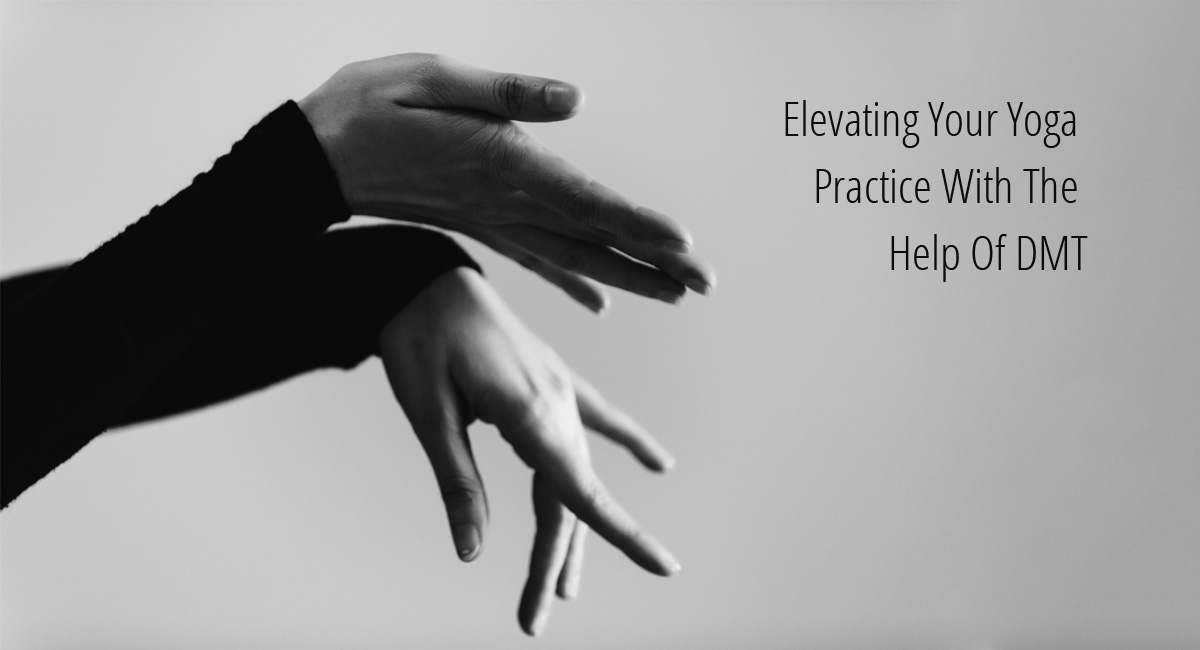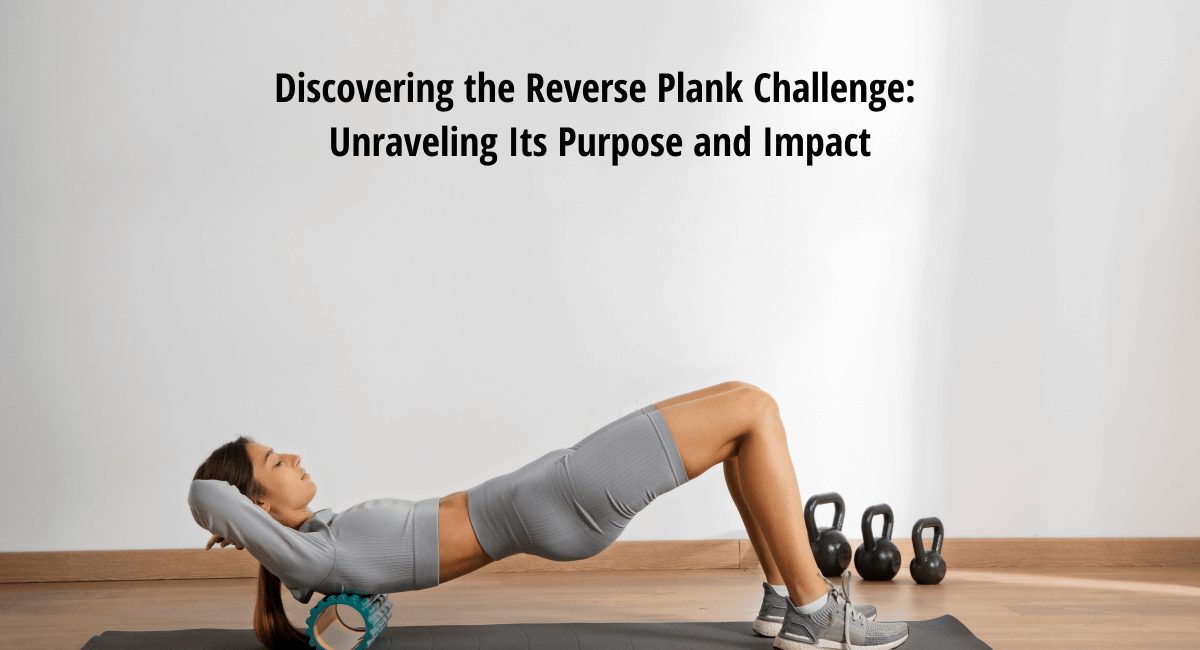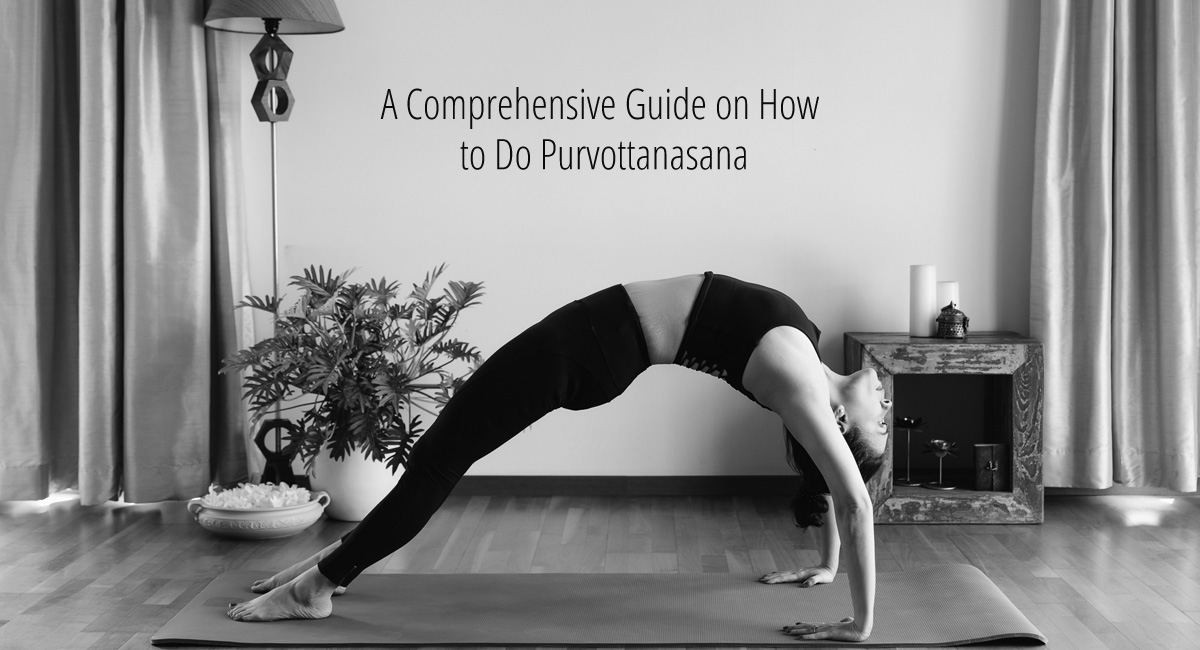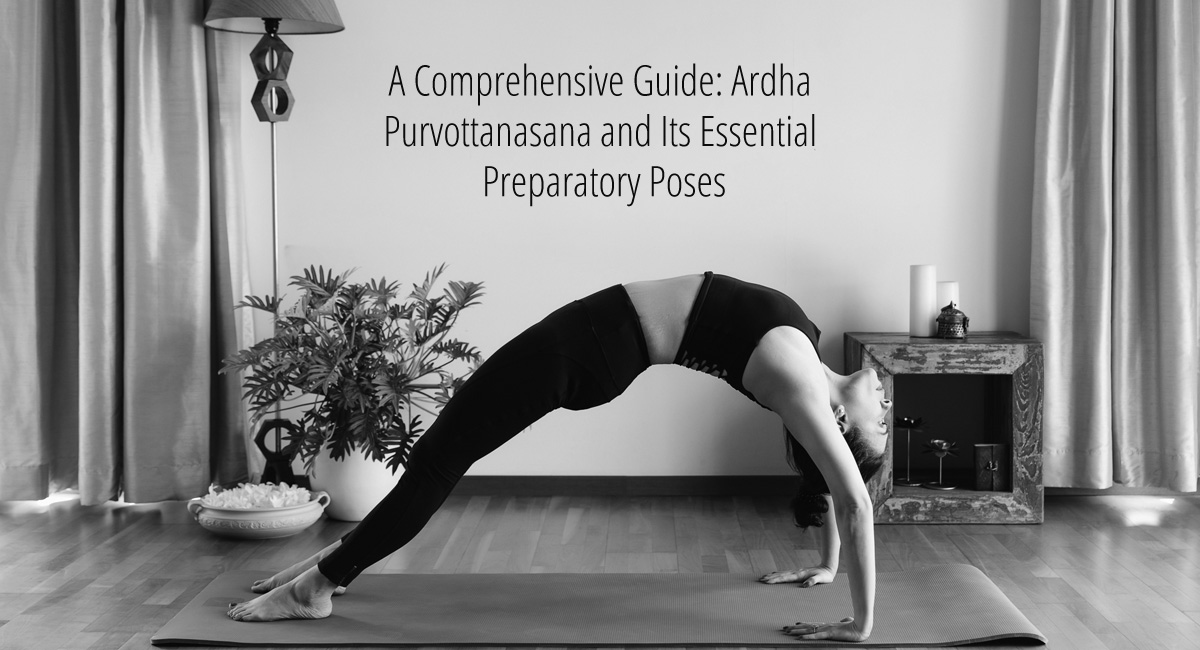
Elevating Your Yoga Practice With The Help Of DMT
Table of Contents
DMT and Yoga are mind-body methods that address the problem of comprehending one’s body/body awareness, observation skills, and anatomy showing positive psychotherapeutic usefulness to patients undergoing treatment with them concurrently. It is evident that both modalities have the same interoception and emotional sobriety goals and that their combination can result in a ground-breaking, cutting-edge therapeutic strategy for achieving these goals.
Dance and yoga, when it comes to intent and methods, can be fairly complementary to one another. These two methods were developed as a result of mindfulness training. Both yoga and DMT are mind-body techniques that show potential for use in psychotherapy; the combined effects of the two heighten the advantages of each.
Dance and movement are used in dance movement therapy, often known as DMT, which is a type of holistic therapy used to improve its subjects’ physical, emotional, and mental health.
DMT has a variety of effects on the body and psyche of people. Physically, DMT has a good impact on muscular strength, cardiovascular endurance, and balance and coordination. It also helps reduce physical pain and stress in the muscles. DMT has been shown to improve social, communication, and decision-making abilities from a psychological perspective; in addition to addressing mental health problems like trauma, PTSD, stress, and depression.
History And Cultural Significance Of DMT
Although DMT was only legally acknowledged in the 1940s, its origins date back far longer. One indigenous culture in Australia is known to have used dancing for healing from very early on in human history. In terms of social, spiritual, and ecological well-being, one art form, the Junba dance-song tradition of the Ngarinyin, Wunambal, and Worrorra people of Kimberley in northwest Australia is noted for its well-being properties, across social, spiritual, and ecological domains.
The Legality Of DMT And Its Accessibility
Dance as a form of psychotherapy was originally mentioned by Carl Gustav Jung in 1916. Although his original paper was extensively read, it wasn’t published until 1957. One of the pioneers of modern dance and dance therapy, Marian Chace, was invited to work at St. Elizabeths Hospital in Washington, D.C., in 1942. The American Dance Therapy Association (ADTA) was established in 1966, marking the official establishment of dance therapy as a legitimate profession.
Preparing for a DMT-Assisted Yoga Session
DMT and Yoga are practices that actively engage their subjects’ emotional and spiritual well-being in addition to the physicality of the practice. DMT-Assisted Yoga can be a particularly personal journey; it is therefore of utmost importance that your intentions are set, whether they be for mental health maintenance (i.e. the reduction of stress, anxiety, depression, etc.) or physical health maintenance or both. It is also increasingly important that the environment in which you carry out these practices are positive, calm, and relaxing.
Provide tips on how to ensure safety and minimize risks
DMT and Yoga physically focus on balance and coordination and hence require correct posture. Incorrect posture could result in muscle, bone, and joint pain.
Some Safety Precautions for DMT-Assisted Yoga are as follows:
- Check your posture. Keep your spine straight. This will help prevent injury and ensure you get the full benefits of the pose.
- Listen to your body. If something feels uncomfortable, stop and reassess your alignment.
- Use props if necessary. If a pose is too challenging, use yoga blocks, straps, or blankets to help you out.
Dance/movement therapy is founded on the following tenets: The body and mind are intertwined and interconnected. Movement has a purpose and can also be expressive. Observation, assessment, warm-ups, interventions, verbal processing, and warm-down phases with a focus on closure are frequently included in DMT sessions. Focusing closely on each stage would be the appropriate method to consume DMT.
The DMT-assisted Yoga Experience
In a DMT-Assisted Yoga session, your Yoga instructor and/or DMT therapist can observe movements, and assess body language, nonverbal behaviors, and emotional expressions to address your specific needs. Movement is the primary way to observe, evaluate, and implement a therapeutic intervention. Yoga in conjunction with DMT can also make the experience more enjoyable with the infusion of dance.
Potential benefits of DMT-Assisted Yoga
- Improves strength, balance, and flexibility.
- Can ease symptoms of arthritis.
- Benefits cardiovascular (heart) health
- Stress Relief.
- Improved confidence and self-esteem.
- Encourages Creativity and Imagination.
Potential challenges of DMT-Assisted Yoga
- Muscle, bone, and joint pain in case of incorrect posture.
- Challenging Poses
How to integrate the experience into daily life
The integration of DMT into Yoga enhances the effects of each practice making the integrated practice enjoyable, calming, and soothing.
Here are some simple steps that can help you integrate the experience into your daily life
- Start with a daily regimen of stretches that you are aware of.
- Practice conscious breathing.
- Connect with yourself. Listen to meditative music and watch to see your body movements.
DMT in integration with Yoga is an upcoming form of therapy in India. Visit our company website for more information about workshops and sessions.

I am a Pune based artist, Kathak dancer, Dance Movement Therapist, and an avid Yoga practitioner/ teacher. I am also the Director at the Sakal Media Group, a Trustee of Pune Blind School and Nirdhar Trust.
Being a part of Sakal Media Group, with its strong foundation of service and ethical journalism, I am deeply committed in making this world a better place by pushing boundaries, giving opportunities to others, following my convictions, helping others make better choices and to tell powerful stories that will help reshape the world we live in.





